

Introduction: Taking Control of Your Finances in Retirement
Managing your money on a fixed income during retirement requires a sharp eye, especially when it comes to fluctuating costs like groceries. The price of milk, eggs, bread, and fresh produce can have a significant impact on your monthly budget. For many seniors, the grocery store is one of the few areas where expenses can feel unpredictable. However, it’s also one of the areas where you have the most power to make immediate, positive changes.
Taking control of your grocery spending isn’t about depriving yourself; it’s about being strategic. It’s about making smart, informed choices that stretch your dollars further, ensuring you can afford the healthy, delicious food you enjoy without financial stress. By adopting a few new habits and leveraging resources you may not have known were available, you can turn a source of anxiety into a feeling of empowerment. This guide will provide you with 10 clear, actionable ways to lower your grocery bill, protect your assets, and put more money back into your pocket each month. These aren’t complicated financial maneuvers but practical steps anyone can take, starting with your very next trip to the store.

Understanding the Financial Basics of Grocery Savings
Before we dive into specific tips, it’s important to understand a few fundamental concepts that form the bedrock of smart grocery shopping. Mastering these basics will give you the confidence to make cost-effective decisions in every aisle.

The Power of a Grocery Budget
A budget is simply a plan for your money. Without one, it’s nearly impossible to know if you’re overspending. Creating a grocery budget is your first and most critical step. Start by looking at your bank or credit card statements from the past two or three months to see what you typically spend on groceries. Let’s say you average $450 per month.
Is that number comfortable for you? If not, decide on a realistic goal. Maybe you want to reduce it by 15%, which would be a savings of about $67. Your new monthly budget would be $383, or about $95 per week. Knowing this number before you shop transforms your mindset. Instead of aimlessly filling your cart, you now have a clear target to hit, which guides every decision you make in the store.

Unit Pricing: Your Secret Shopping Weapon
Have you ever noticed the smaller numbers on the price tag on the shelf? That’s the unit price, and it’s one of the most powerful budgeting tips for shoppers. The unit price breaks down the cost of an item into a standard unit of measurement, like per ounce, per pound, or per sheet. This allows you to make a true apples-to-apples comparison between different sizes and brands.
Here’s a simple example:
- A 16-ounce box of Brand A cereal costs $4.00. The unit price is $0.25 per ounce ($4.00 / 16 oz).
- A larger, 24-ounce box of the same Brand A cereal costs $5.40. The unit price is $0.225 per ounce ($5.40 / 24 oz).
Even though the second box has a higher sticker price, its unit price is lower, making it the better value. Always check the unit price, especially on items like coffee, paper towels, pasta, and cheese. It removes the guesswork and ensures you’re getting the most for your money.

Beware of “Shrinkflation”
Inflation is when prices go up. You’ve likely noticed this across the board. But a sneakier cousin of inflation is “shrinkflation.” This is when manufacturers reduce the size or quantity of a product while keeping the price the same. Your favorite bag of chips might look the same, but it may contain 10% fewer chips than it did last year. A roll of paper towels might have fewer sheets. This is another reason why paying attention to the unit price is so crucial. It helps you spot these subtle changes and ensures you’re still getting a fair deal.

10 Actionable Strategies to Save on Everyday Groceries
Now that you understand the fundamentals, let’s explore the practical strategies you can use to achieve significant grocery savings. Implementing even a few of these tips will make a noticeable difference in your monthly spending.

1. Embrace Weekly Meal Planning
The single most effective way to save money on groceries is to plan your meals. Before you even think about going to the store, sit down and map out what you’ll eat for breakfast, lunch, and dinner for the upcoming week. This practice prevents last-minute, expensive takeout orders and impulse purchases. When you have a plan, you know exactly what ingredients you need, which leads directly to the next tip.

2. Master the Art of the Shopping List
Once you have your meal plan, go through your pantry, refrigerator, and freezer. Check off the ingredients you already have. Then, create a detailed shopping list with everything else you need. When you get to the store, commit to buying only what is on that list. Supermarkets are designed to encourage impulse buys, placing tempting items at eye-level and at the end of aisles. A list is your defense against these tactics.
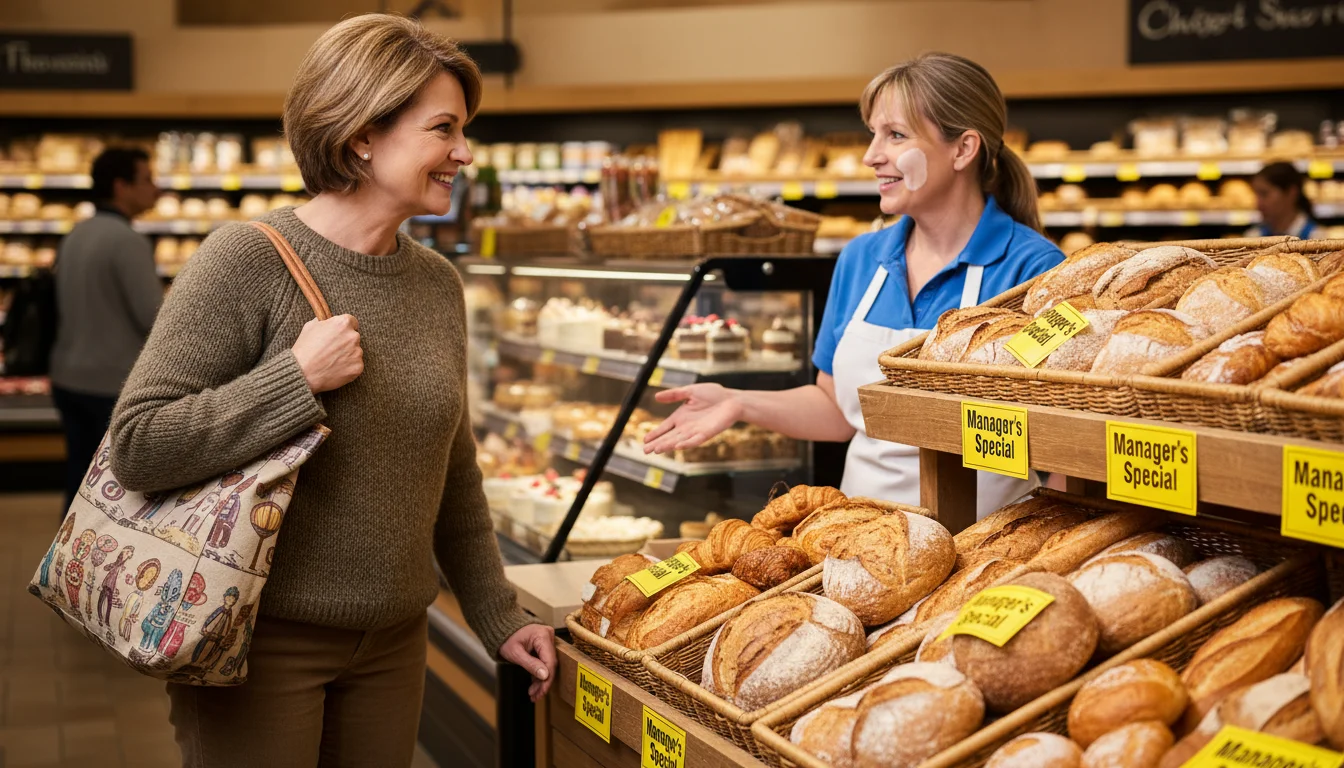
3. Time Your Shopping Trips Wisely
When you shop can be just as important as what you buy. First, never shop on an empty stomach. When you’re hungry, everything looks good, and you’re far more likely to buy unhealthy, expensive snacks. Second, learn your store’s schedule. Many stores mark down meat, bakery items, and produce on specific days of the week to clear out older inventory. Ask an employee in those departments for the best time to find these deals.
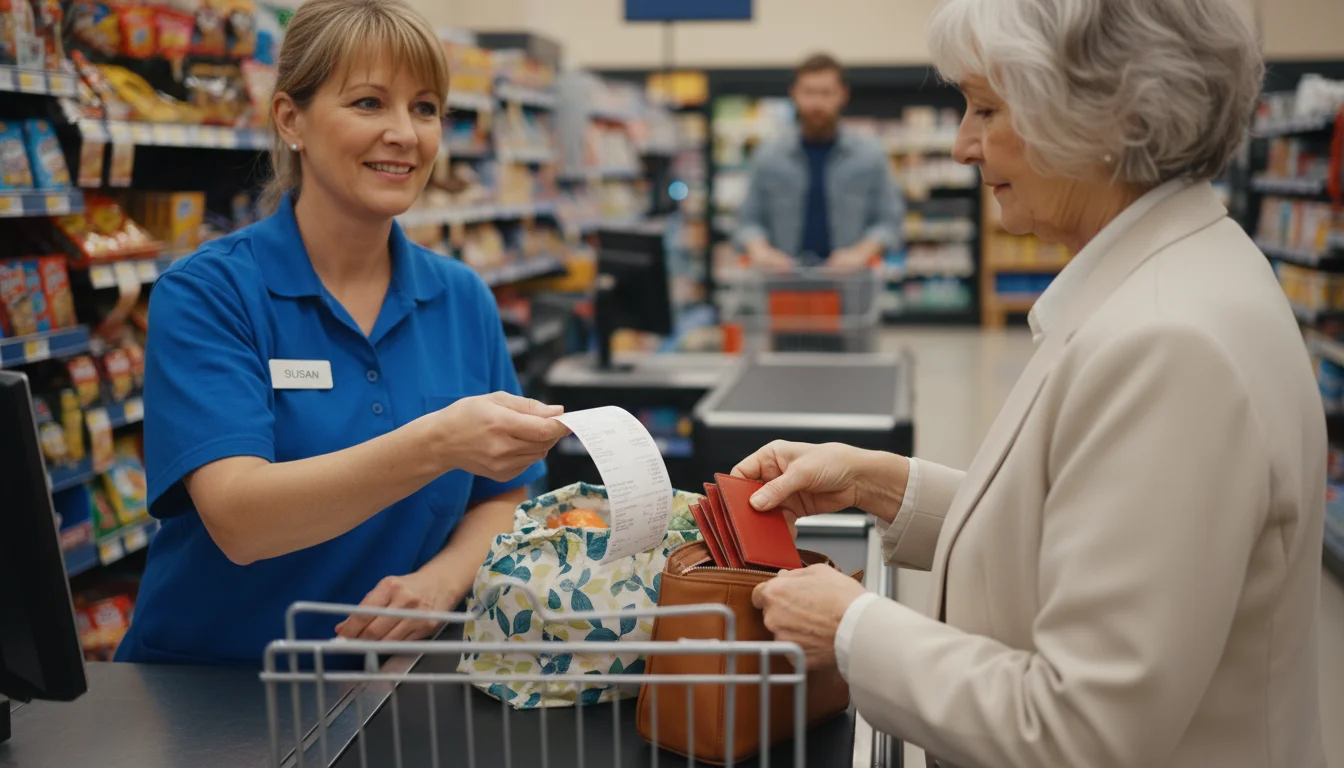
4. Unlock the Power of Senior Discounts
One of the simplest ways to save is to take advantage of your age. Many national and local grocery chains offer senior discounts on a specific day of the week. These can range from 5% to 10% off your total bill. Stores like Kroger, Fred Meyer, and Albertsons have been known to offer these programs. However, they can vary by location and change without notice. Don’t be shy—always ask the cashier at checkout if they offer a senior discount. A 5% savings on a $100 grocery bill is an easy $5 back in your wallet.

5. Use Coupons and Digital Apps Strategically
Coupons are a classic money-saving tool. You can still find them in the Sunday newspaper and in-store flyers. Additionally, most major grocery stores now have their own smartphone apps with digital coupons you can “clip” with a tap. Be strategic: only use coupons for items that are already on your shopping list. Buying something you don’t need just because you have a coupon is not saving money. For those without a smartphone, sticking to paper flyers and in-store circulars is still a highly effective strategy.
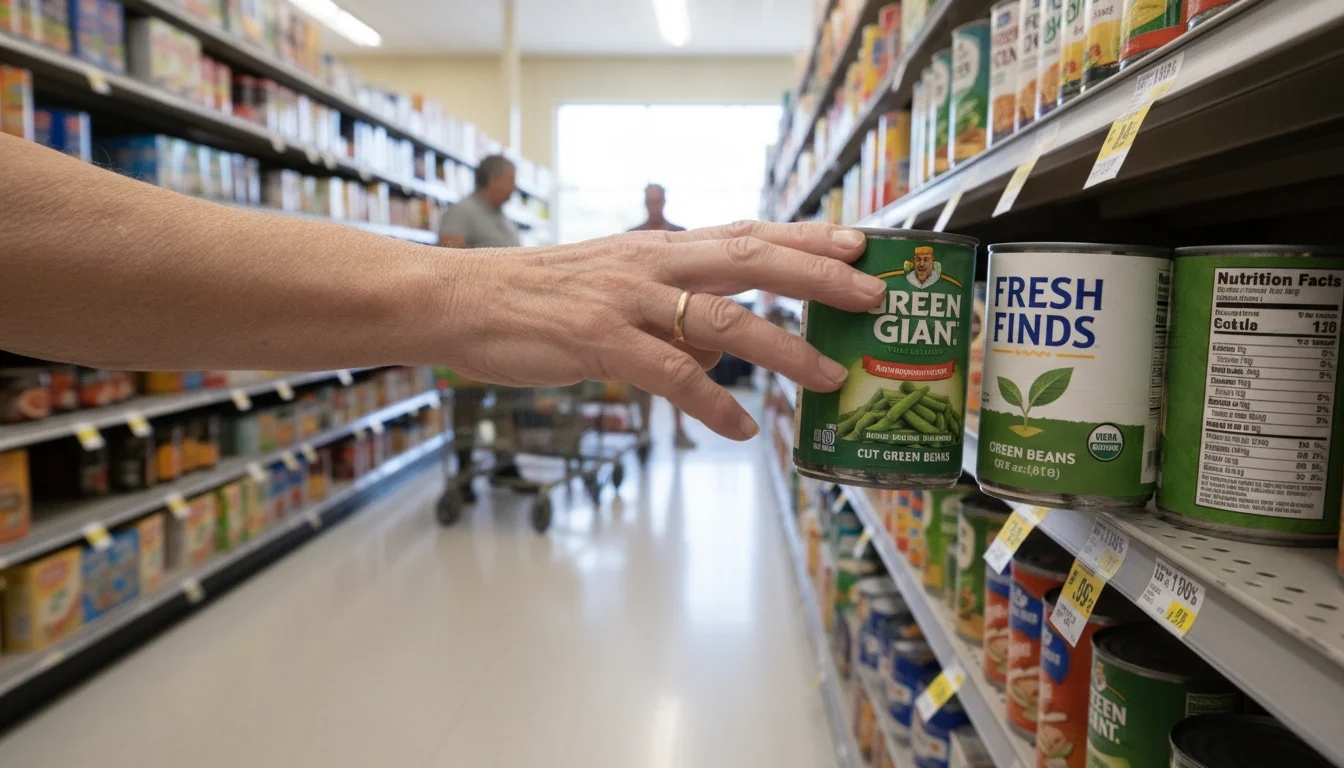
6. Choose Store Brands Over Name Brands
Many shoppers are loyal to specific name brands, but that loyalty comes at a cost. In most cases, the store’s private-label brand (like Kroger’s “Private Selection” or Walmart’s “Great Value”) is produced in the same facility as its name-brand counterpart. The quality is often identical, but the price can be 20-40% lower. Try making a few swaps on items like canned vegetables, pasta, flour, and cleaning supplies. You will likely not notice a difference in quality, but you will absolutely notice the savings.

7. Buy in Bulk (When It Makes Sense)
Buying in bulk from warehouse clubs like Costco or Sam’s Club can offer great value, but it’s not the right choice for everyone. It makes sense for non-perishable items you use frequently, such as toilet paper, canned tuna, rice, or coffee. However, buying a giant container of fresh spinach that will spoil before you can eat it is just wasted money. Before paying for a club membership, calculate if the potential savings outweigh the annual fee based on your household’s needs.

8. Reduce Your Food Waste
The average American family throws away hundreds of dollars worth of food each year. Reducing this waste is like finding free money. Get into the habit of using your leftovers for the next day’s lunch. Freeze extra portions of soup or casserole for an easy meal later. Understand the difference between food date labels: “Sell-By” is a guide for the store, not for safety, while “Use-By” indicates the last date for peak quality. Many foods are perfectly safe to eat for several days past these dates.

9. Consider Grocery Delivery or Pickup Services
While some grocery delivery services come with a fee, they can paradoxically save you money. How? By eliminating impulse buys. When you order online, you are not tempted by the smell of the bakery or the colorful displays at the end of the aisle. You can search for exactly what’s on your list, and you see a running total of your cart before you check out. This makes it incredibly easy to stick to your budget. You might find that the money you save on impulse purchases more than covers the cost of the delivery or pickup fee.
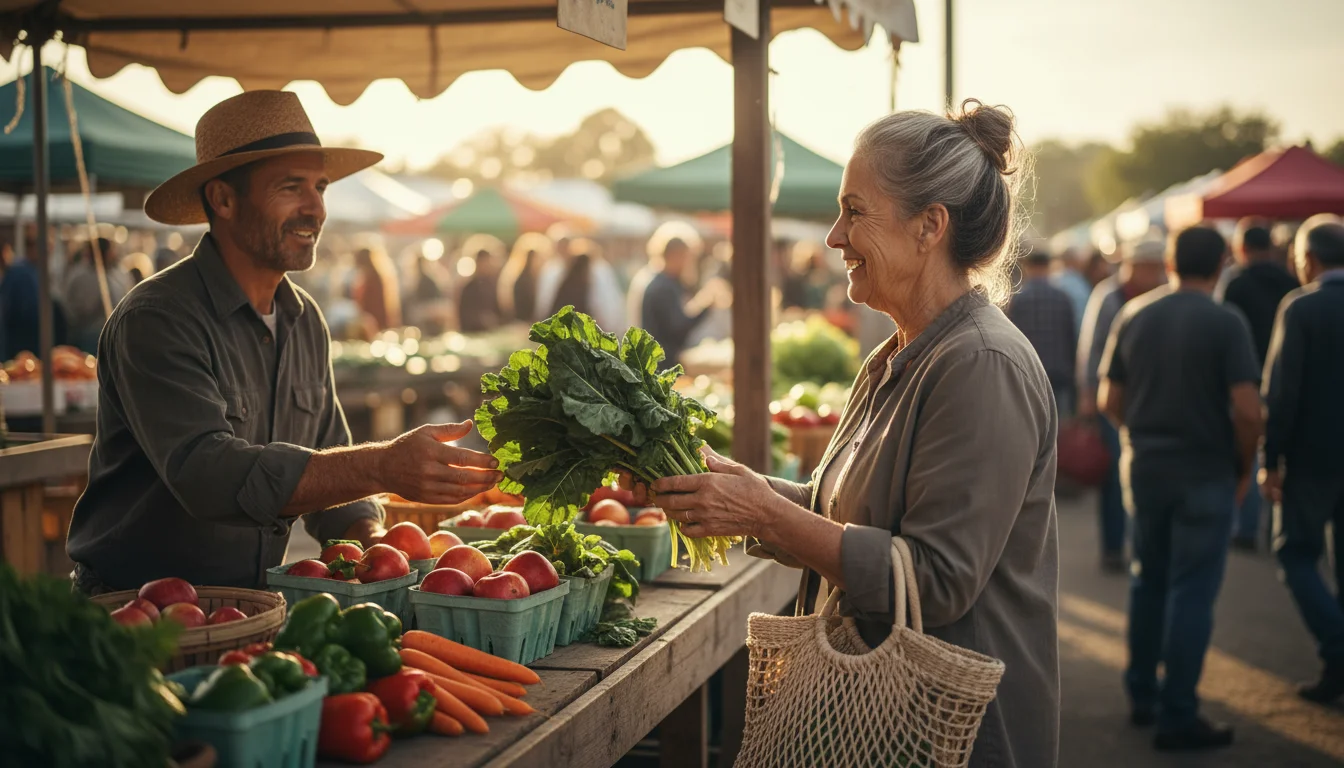
10. Explore Farmers Markets and Community Supported Agriculture (CSA)
Shopping at a local farmers market can be a great way to get fresh, seasonal produce, often at a lower price than the supermarket. Go near the end of the day, when farmers are often willing to offer deals to sell off their remaining inventory. You can also look into a CSA program, where you pay a farm upfront for a “share” of the season’s harvest and receive a box of fresh produce every week. This can be a very cost-effective way to eat healthy, local food.

Financial Red Flags and Grocery Scams to Watch Out For
While you’re focused on saving money, scammers are focused on taking it. Seniors are often targeted by fraudsters, and it’s important to be vigilant. Here are a few common scams and red flags related to grocery savings.

1. The “Free” Grocery Gift Card Scam
You might see a pop-up ad online or receive an email or text message claiming you’ve won a $500 gift card to a popular grocery store. To claim your prize, you just need to fill out a survey and provide personal information like your name, address, and phone number. At the end, it might ask for a small payment, perhaps $4.95, for “shipping.” This is a classic phishing scam. The gift card doesn’t exist. The scammers are either trying to steal your identity or get your credit card number for fraudulent charges. Red Flag: Any unsolicited offer that seems too good to be true, especially one that asks for personal information or a small payment to claim a large prize.

2. Counterfeit Coupon Scams
Be wary of websites or social media posts offering unbelievably good coupons, such as “90% off your entire order” or a coupon for a completely free, high-value item with no other purchase required. These are almost always fake. Attempting to use a counterfeit coupon is illegal, and downloading them may install malicious software on your computer. Red Flag: Stick to well-known coupon sources, like the manufacturer’s website, your grocery store’s official app, or reputable couponing sites.
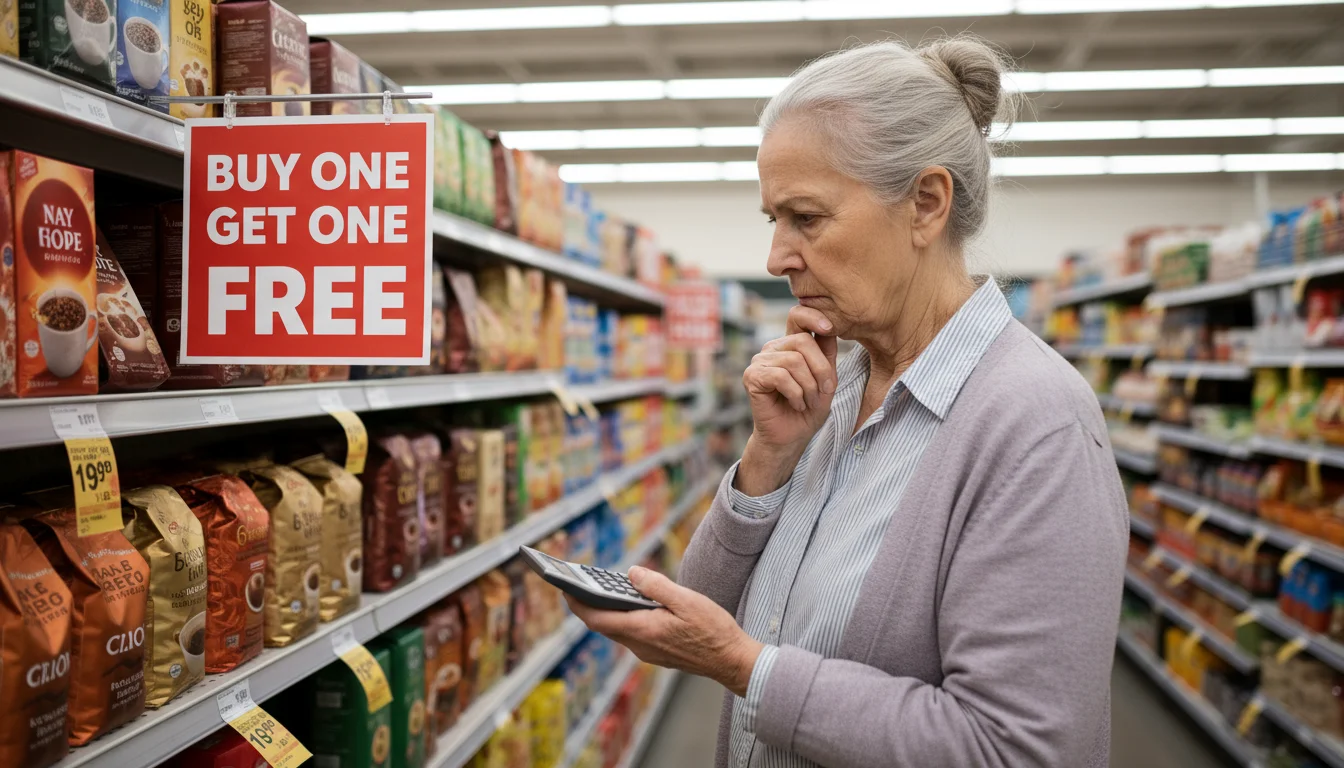
3. Misleading “Buy One, Get One Free” (BOGO) Deals
This isn’t a scam in the traditional sense, but it’s a marketing tactic that can cost you money if you’re not careful. A BOGO deal can be great, but sometimes the price of the first item is inflated to cover the cost of the “free” one. Before adding a BOGO deal to your cart, check the unit price. A competing brand or a different size of the same item might still be cheaper per ounce or per pound, even without a special offer. Always do the math.

A Financial Checklist for Grocery Savings
Putting these strategies into practice can feel like a lot at first. Use this simple checklist to guide your new grocery shopping routine and make saving money a habit.
First, create your budget. Look at your past spending, set a realistic monthly or weekly goal for your grocery expenses, and decide to stick to it.
Second, plan your meals and make your list. Before you leave the house, know what meals you’ll be making and write down every single ingredient you need to buy. Check your pantry first!
Third, check for deals and discounts. Look at your store’s weekly flyer for sales on items on your list. Remember to ask about senior discounts at the checkout counter.
Fourth, shop smart in the store. Use the unit price on the shelf tag to compare sizes and brands. Opt for store brands over name brands to instantly lower your costs on staple items.
Finally, track your spending. After each trip, compare your receipt to your budget. Seeing your progress will motivate you to keep up your new money-saving habits.

Frequently Asked Questions
Q: Are warehouse clubs like Costco or Sam’s Club really worth the membership fee for a senior?
A: It depends on your lifestyle. If you are a single person or a couple with limited storage space, the membership fee may not be worth it, as you might struggle to use bulk items before they expire. However, if you have ample pantry or freezer space, regularly use non-perishable items, or can share a membership with a friend or family member, the savings can easily outweigh the annual fee.
Q: I don’t have a smartphone. How can I get grocery savings without digital coupons?
A: You can absolutely save a significant amount of money without a smartphone. Focus on the timeless methods: meticulously combing through the weekly paper flyer, clipping coupons from the Sunday paper, buying store brands, planning your meals, and always asking about senior discounts. These foundational strategies have worked for decades and remain highly effective.
Q: Is it cheaper to buy pre-cut vegetables and fruits?
A: Almost never. You are paying a high premium for the convenience of having someone else do the chopping. Buying whole fruits and vegetables and prepping them yourself at home is one of the easiest ways to cut your produce costs. A whole pineapple, for instance, is often a fraction of the cost of a small container of pre-cut chunks.
Q: My income is very low. Are there government programs that can help with food costs?
A: Yes, there are several programs designed to help. The most well-known is the Supplemental Nutrition Assistance Program (SNAP), which provides eligible low-income individuals and families with an electronic benefits card to buy food. You can check your eligibility and apply through your state’s social services agency. Additionally, many local senior centers and food banks offer meal programs or food pantry services.
Q: What’s the best strategy to avoid impulse buys in the store?
A: The best defense is a great offense: your shopping list. Beyond that, try shopping the perimeter of the store first. This is where fresh produce, meat, and dairy are typically located. The center aisles are full of processed, pre-packaged foods that are designed for impulse buys. By getting your essentials first, you may have less room in your cart—and your budget—for unplanned extras.
For official information on Social Security and Medicare, visit SSA.gov and Medicare.gov. Federal tax information is at the IRS.
To protect yourself from scams and for consumer information, consult the Consumer Financial Protection Bureau (CFPB) and the FTC.
Disclaimer: This article is for informational purposes and is not a substitute for professional financial or tax advice. Consult with a certified financial planner or tax professional for guidance on your specific situation.
For expert guidance on senior health and finance, visit Centers for Medicare & Medicaid Services (CMS), Social Security Administration (SSA), Consumer Financial Protection Bureau (CFPB) and Administration for Community Living (ACL).
|
Fact-Checked Content
Our editorial team reviews all content for accuracy and updates it regularly. Learn about our editorial process →
|

















